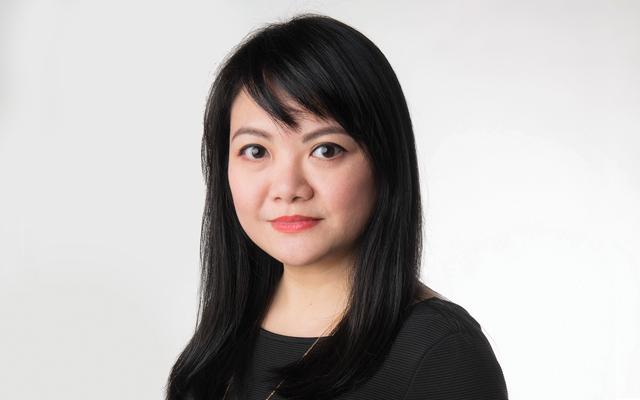Asia is one region but every nation is different in many ways, which makes a mutually agreed upon travel restart strategy challenging to achieve.
The month of September has brought Asia’s travel and tourism industry some improved developments – mostly stemming from governments deciding to take a positive step towards reopening their borders for tourism.
Singapore’s all-purpose Vaccinated Travel Lanes (VTL) with Germany and Brunei kicked off on September 8. The first day of applications on September 1 attracted 735 applications from Germany and 20 from Brunei – a mix of short- and long-term pass holders. More encouragingly, the VTL announcement spurred a lively revival of outbound travel plans, with leisure travel and incentive programme specialists welcoming a spike in enquiries for travel as early as 4Q2021.

Malaysia finally gets the green light for domestic tourism resumption, with Langkawi leading the way. Some 2,500 fully vaccinated tourists from Kuala Lumpur arrived on the island when it reopened on September 16.
Thailand already has Phuket and Khao Lak reopened to fully vaccinated international travellers, with Bangkok, Chiang Mai and Pattaya lined up and ready to do the same.
Indonesia and Cambodia have plans to reopen some regions to fully vaccinated international travellers before the year is over – Bali and Bintan are on the cards for Indonesia while Cambodia has yet to unveil official plans. Still, hopes are up because Cambodia will host the ASEAN Tourism Forum in January 2022, with an in-person show component, which means tourism reopening will have to begin somehow and soon.
Vietnam will pilot a vaccine passport programme for international visitors to Phu Quoc island towards the end of 2021.
As Asia inches towards tourism resumption, destination promotions are picking up. The Philippine Tourism Promotions Board, Tourism Authority of Thailand and the Japan National Tourism Organization are among the most active in the region, driving renewed communications aimed at the travelling public as well as trade buyers.
However, it is clear that the region is reopening far slower compared to other major tourism regions such as Europe and the US. This is despite Asia being the first region in the world to take Covid-19 seriously and to respond with practical and strict containment measures.
Many obstacles remain: differing pace of national vaccination, which impacts the extent of activity resumption; differing list of recognised vaccines; differing travel restrictions that continue to change with every new wave of infection and add to travellers’ confusion; and differing political stance on pandemic management, which has ruined potential travel green lanes.
Asia is one region but every nation is different in many ways, which makes a mutually agreed upon travel restart strategy challenging to achieve. In November 2020, South-east Asian leaders said they would establish an ASEAN travel corridor to facilitate essential travel within the region. Months on, that bubble is still in discussion.
While intra-Asia travel was once a critical economic driver, Asia’s slow reopening may force tourism recovery to lean towards intra-region travel instead, changing how destinations determine their post-lockdown source markets and impacting the success of many trade events here that rely heavily on the presence of Asian buyers.
Karen Yue is group editor of TTG Asia Media. She sets the editorial direction for the company’s stable of travel trade titles and platforms, and produces content for them as well.




















